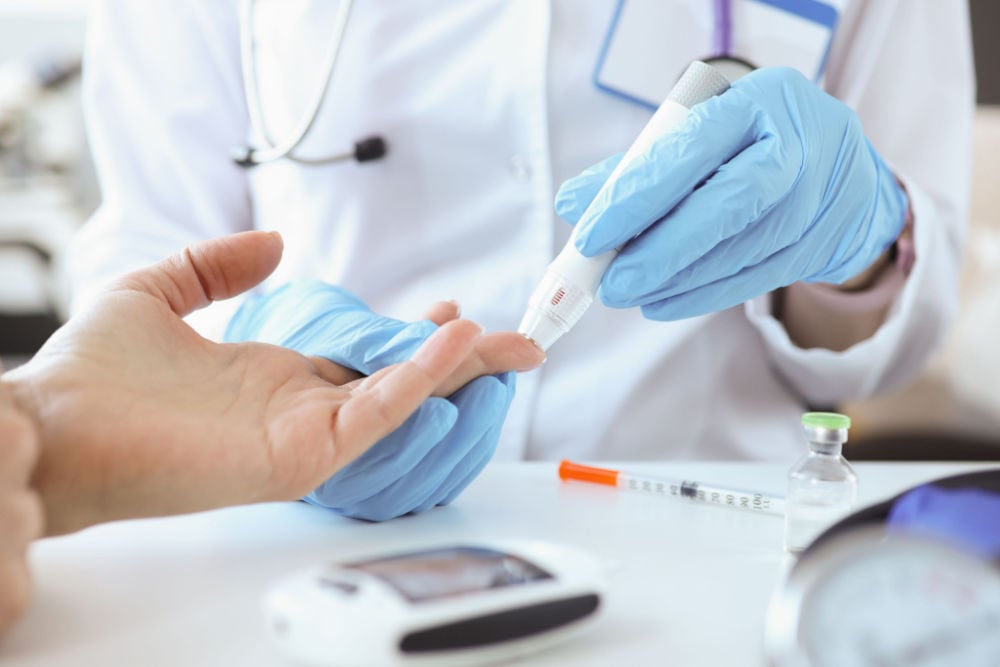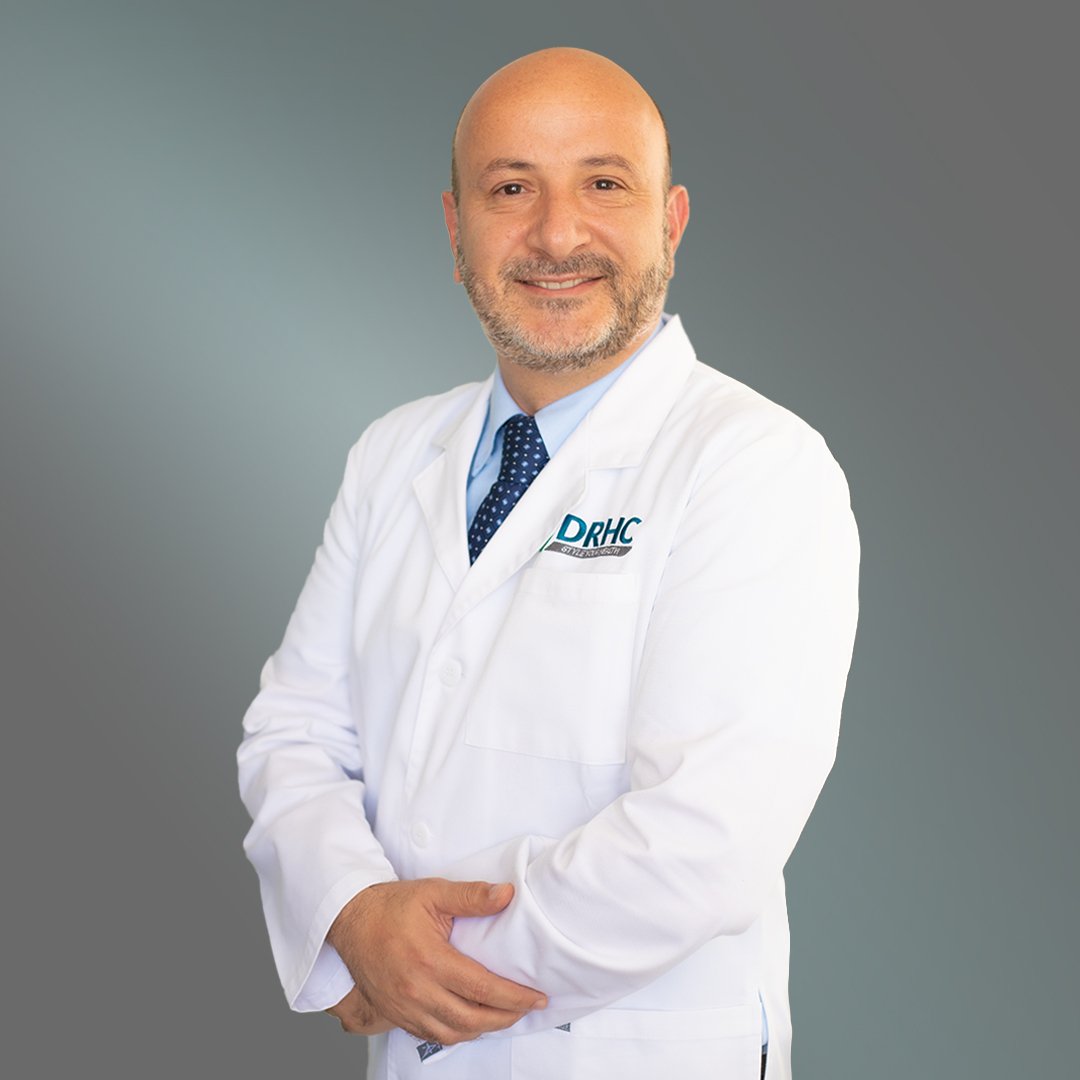Type 2 Diabetes - Dubai Endocrinology Clinic
Type 2 diabetes mellitus consists of an array of dysfunctions characterized by hyperglycemia resulting from the combination of resistance to insulin action, inadequate insulin secretion, and excessive or inappropriate glucagon secretion.
Signs and Symptoms:
Many patients with type 2 diabetes are asymptomatic. Clinical manifestations include the following:
- Classic symptoms: Polyuria, polydipsia, polyphagia, and weight loss
- Lower-extremity paresthesias
Diagnosis:
Diagnostic criteria by the American Diabetes Association (ADA) include the following:
- A fasting plasma glucose (FPG) level of 126 mg/dL (7.0 mmol/L) or higher.
- A 2-hour plasma glucose level of 200 mg/dL (11.1 mmol/L) or higher during a 75-g oral glucose tolerance test (OGTT).
- A random plasma glucose of 200 mg/dL (11.1 mmol/L) or higher in a patient with classic symptoms of hyperglycemia or hyperglycemic crisis Yeast infections (e.g. balanitis in men) Simplified scheme for the pathophysiology of type
Indications for diabetes screening in asymptomatic adults include the following:
- Sustained blood pressure >135/80 mm Hg
- Overweight and 1 or more other risk factors for diabetes (eg, first-degree relative with diabetes, BP >140/90 mm Hg, and HDL < 35 mg/dL and/or triglyceride level >250 mg/dL)
- ADA recommends screening at age 45 years in the absence of the above criteria
Management:
The goals of treatment are as follows:
- Microvascular (i.e. eye and kidney disease) risk reduction through control of glycemia and blood pressure
- Macrovascular (i.e. coronary, cerebrovascular, peripheral vascular) risk reduction through control of lipids and hypertension and smoking cessation
- Metabolic and neurologic risk reduction through control of glycemia
Recommendations for the treatment of type 2 diabetes mellitus from the European Association for the Study of Diabetes (EASD) and the American Diabetes Association (ADA) place the patient's condition, desires, abilities, and tolerances at the center of the decision-making process. [4, 5, 6]
The EASD/ADA position statement contains 7 key points:
- Individualized glycemic targets and glucose-lowering therapies
- Diet, exercise, and education as the foundation of the treatment program
- Use of metformin as the optimal first-line drug unless contraindicated
- After metformin, the use of 1 or 2 additional oral or injectable agents, with a goal of minimizing adverse effects if possible
- Ultimately, insulin therapy alone or with other agents if needed to maintain blood glucose control
- Where possible, all treatment decisions should involve the patient, with a focus on patient preferences, needs, and values
- A major focus on comprehensive cardiovascular risk reduction
Approaches for the prevention of diabetic complications include the following:
- HbA1c every 3-6 months
- Yearly dilated eye examinations
- Annual microalbumin checks
- Foot examinations at each visit
- Blood pressure < 130/80 mm Hg, lower in diabetic nephropathy
- Statin therapy to reduce low-density lipoprotein cholesterol
Are you in search of an expert endocrinology specialist? Look no further than Dr. Rami Hamed Center, the leading Dubai endocrinology clinic. Our team of highly skilled and experienced doctors is dedicated to providing the best possible care for all your endocrine-related concerns.






